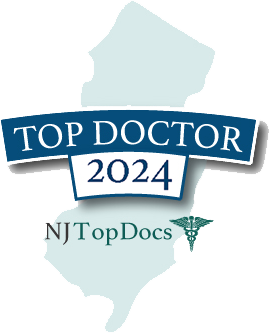Pediatric fractures include fractures in patients ranging from neonates to late adolescence. They have unique patterns and management different from that of adults due to distinctive anatomy, physiology, and biomechanics of developing bones. The caring, board-certified orthopedic surgeons of Mehling Orthopedics, Brian Mehling, MD and Pavel Yufit, MD have ample experience working with children and treating pediatric fractures in multiple locations in Hackensack, New Jersey, or West Islip, New York. Call Mehling Orthopedics or request an appointment online.
Services


